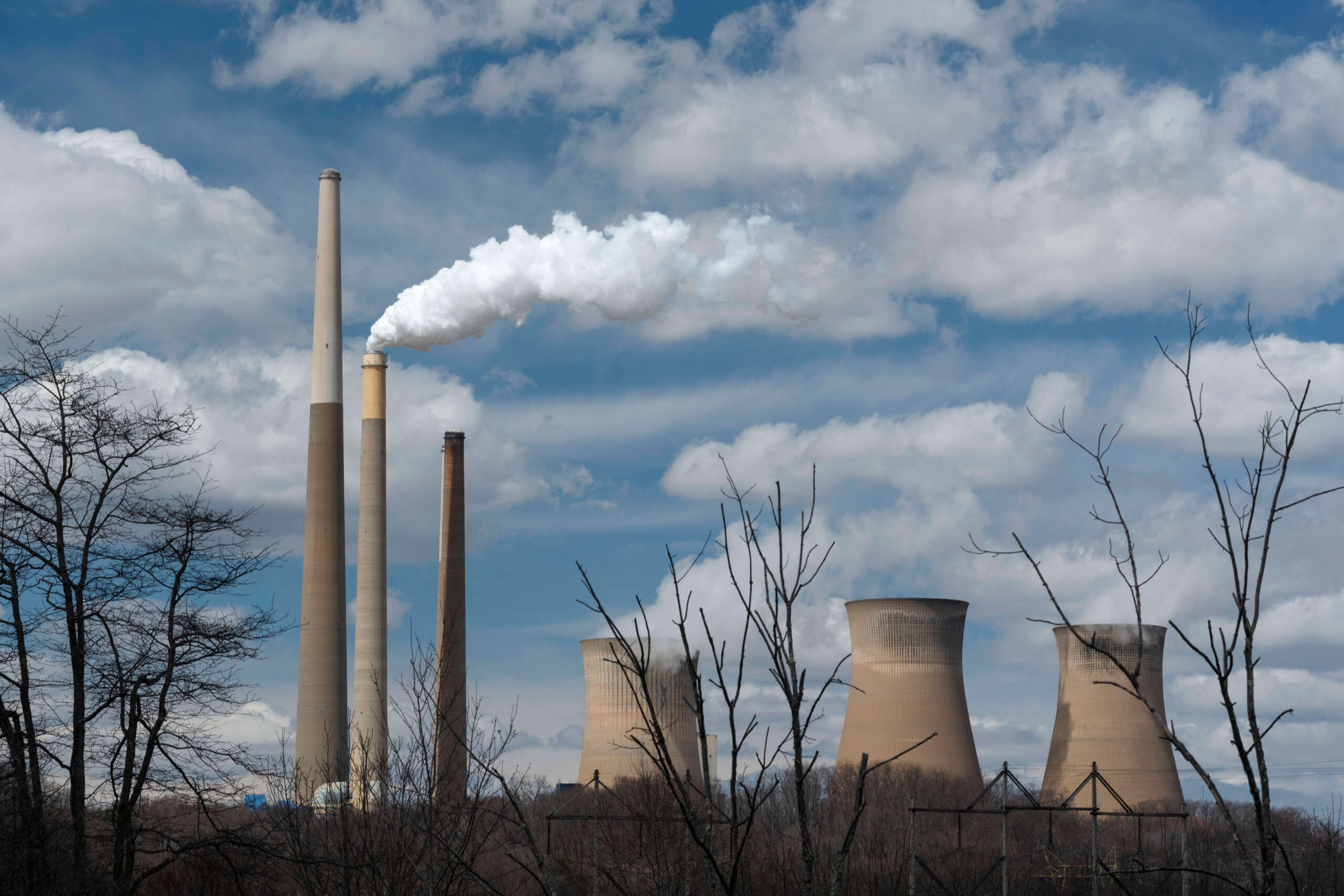Top 5 Occupations At Risk For Developing Mesothelioma
Asbestos was once thought to be a miracle product because asbestos is an inert material with excellent thermal transfer properties. It is fire-resistant, chemical-resistant, non-corrosive, and inexpensive. However, asbestos is a known carcinogen. When asbestos fibers become airborne anyone in the vicinity can inhale the tiny particles and over time develop mesothelioma. Mesothelioma is a rare and often fatal cancer caused by asbestos exposure. Anyone who has worked with or near asbestos products is at risk; however, some professions present higher risks than others.
Construction Workers
Studies by the CDC show 80 percent of asbestos exposure in the 20th century occurred in construction workers. With millions of Americans being employed in the construction industry each year, construction workers are among the highest risk occupations.
There was a massive increase in new construction after the 1920s and through the 1980s and 1990s, which corresponded with when asbestos was a popular building material, offering strength, durability, and fireproofing qualities. Different trades within the construction industry are at risk of exposure.
Traditional asbestos construction materials linked to mesothelioma cases include vinyl floor tiles, roof tiles and coatings, ceiling tiles, siding, insulation, plasters, paint, and much more. To fit and install many of these products, they needed to be cut to the proper size by workers; however, doing so exposed workers to asbestos-containing dust.
Many buildings built decades ago still contain asbestos products. Whenever these structures undergo renovation, construction workers run the risk of asbestos exposure.
Electricians
Electricians are in a high-risk occupation for mesothelioma as they come into contact with asbestos more than other people. While asbestos has been discontinued in wiring and construction materials after 1970, electrical trade workers are still at risk in renovations of older structures.
Electricians were exposed to asbestos from products they used and the drilling and cutting they performed on structures. In addition, working on homes, buildings, and other structures exposed electricians to different asbestos-containing products. One of the most common electricians’ tasks was to “run wires,” which involved cutting, drilling, or sawing into panels, walls, floors, and ceilings.
Plumbers
Asbestos was believed to be an excellent additive to many products used by plumbers. Many hot water pipes were asbestos-wrapped to keep temperatures constant. Asbestos is fire-resistant, which made it safe for plumbers to cut, weld, and braze around. Since asbestos is non-corrosive, steel pipes were protected from rust. Finally, asbestos was inexpensive, easy to work with, and widely available
In a 2018 study, former plumbers were identified as being at high-risk for mesothelioma. According to the data gathered, they are almost 16 times more likely to develop mesothelioma than the general population.
Asbestos was used to insulate pipes, boilers, ducts, and tanks. Plumbers have to cut, saw, and drill pipes to specified lengths and sizes to fit the exact dimensions of an area in a building, disturbing asbestos fibers used in the products’ insulation, which released them into the air where they could be inhaled.
Industrial Workers
Most manufacturing companies used asbestos products to insulate equipment, gas valves, metal surfaces, and furnaces. Workers that worked with heat-generating power tools worked on asbestos covered surfaces.
When industrial workers used power tools on products containing asbestos, the scoring, drilling, grinding, or cutting through those materials caused the fibers to become airborne. Additionally, workers wore asbestos-contaminated protective gear such as welding gloves or vests.
A 2015 study showed a calculation of the risk of contracting cancer for asbestos for various occupations. Researchers estimated that industrial workers were over four times more likely to develop pleural mesothelioma than the general population.
Firefighters
Asbestos materials were abundant in both commercial and residential structures throughout the 20th century. When working in older buildings, firefighters are at risk for inhaling microscopic asbestos fibers released into the air when building materials are damaged by fire. According to studies, firefighters are 2.29 times more likely to develop mesothelioma than the general public.
Asbestos was commonly added to products used and worn by firemen due to its fire-resistant properties. Asbestos was woven or embedded into coats, hoods, fire suits, jackets, liners, boots, and gloves, among other products. Often the asbestos was imbedded into the fabrics and thermal linings of the clothing.
These fire-resistant products were often worn or used by firefighters to protect themselves when dealing with fires and other high-risk environmental circumstances. Unfortunately, when the clothing rubbed against the firefighter’s skin, the asbestos fibers and dust become airborne and susceptible to inhalation.
Suppose you or someone close to you was exposed to asbestos and diagnosed with an asbestos-related disease. In that case, you are entitled to file an asbestos claim against the companies responsible for making asbestos-containing products or exposing you to asbestos through your employment. Contact GPW today and speak with one of our many experienced mesothelioma attorneys.




